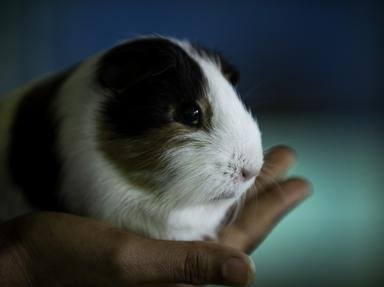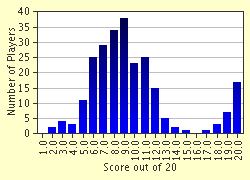Quiz Answer Key and Fun Facts
1. Mice are nature's ___?
2. How many babies on average do mice have per litter?
3. After giving birth, a female mouse can come into heat again within which of these?
4. Which of these is the most common killer of mice?
5. Which of these is not a variety of mouse?
6. Mother mice with new babies will sometimes eat their young.
7. Mother mice are capable of withholding some foetuses and only giving birth to a small number of babies if circumstances dictate that giving birth to a large litter is not feasible.
8. Mice become sexually mature at what age?
9. Ideally, how many mice should make up an artificially created colony, i.e. pet or laboratory?
10. How long is a mouse gestation?
11. Mouse colonies are very accepting of orphans, but what is the earliest stage of development at which the colony will attack the newcomer?
12. A "dry" mouse who has previously had a litter and is not pregnant will sometimes "make milk" to help feed the babies in a colony.
13. As catnip is to cats, mice are euphoric about which of these?
14. Mice breed fast, grow fast, live fast and die fast.
15. Each mother mouse looks after her own babies, being able to distinguish them from the other infants in the colony by smell.
16. Which of these is NOT a recognised mouse pattern or variety?
17. Which of these is a variety of mouse?
18. Which one of these varieties of mice is most used extensively in laboratories?
19. Mouse shows first became popular in which century?
20. There is no real cure for middle ear or inner ear disease in mice.
Source: Author
lacock
This quiz was reviewed by FunTrivia editor
crisw before going online.
Any errors found in FunTrivia content are routinely corrected through our feedback system.

